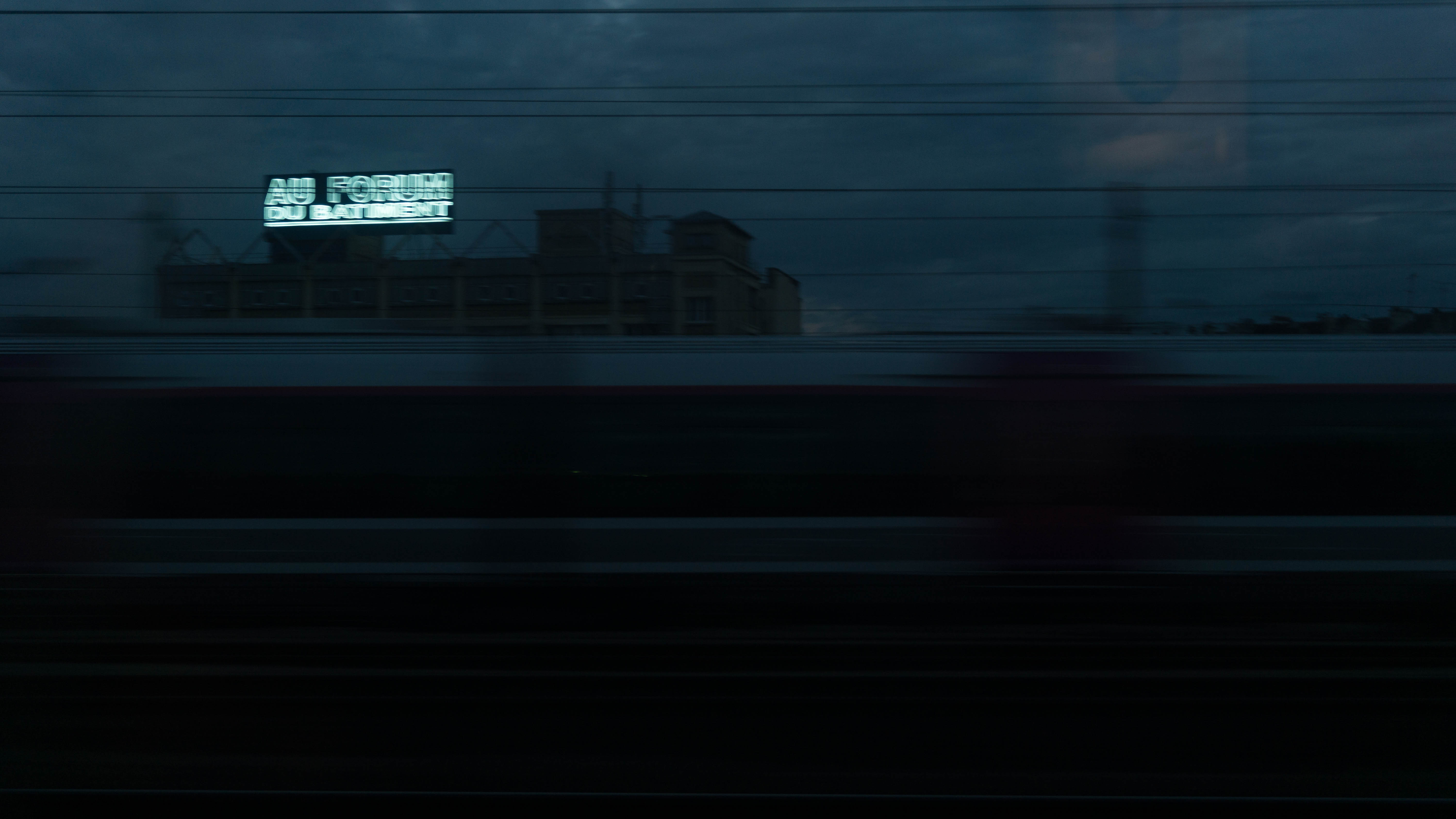


CLASS TEN
BUILDING A VOCABULARY OF ACTIONS
In an action you must know what you do, where you do it, when you do it, and why you do it. But you don’t know how you do it. The how is spontaneous and unexpected.
An action can be broken up into steps or “beats.” (The expression beats, by the way, isn’t a musical reference. We began calling steps “beats” because members of the Moscow Art Theatre, in discussing their techniques with American actors some years ago, couldn’t pronounce “bits.”)
As an action, “to escape” is to run away from a troubling thought or image, or to run away from danger, but wherever you run you see the danger, take it in and run away from it, like confronting your own image in a chamber of mirrors again and again and never finding an exit. Going from danger to danger is the action “to escape.” It’s the action of Hamlet, Ophelia and Macbeth. The dramatic anatomy of escape is there’s no escape.
The end of the action determines the action and makes it strong or weak.